Largest Food Processing Equipment Manufacturers: A Comprehensive Guide
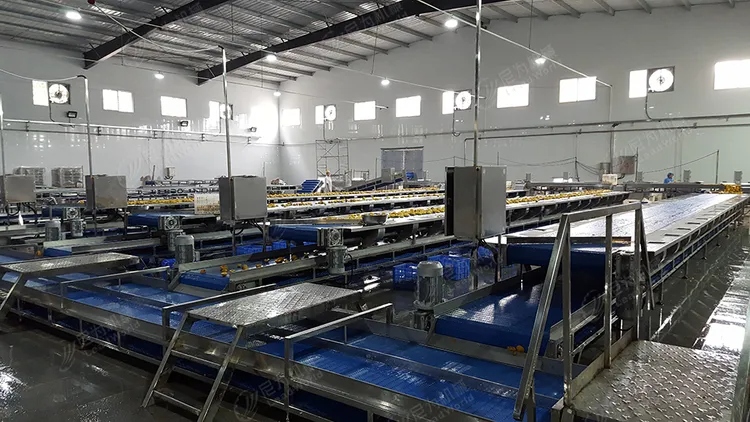
1. Introduction
Food processing equipment is the backbone of modern food production. It directly affects production efficiency, product quality, food safety, and overall profitability. The global demand for processed foods is increasing due to urbanization, population growth, and consumer preferences for convenience and quality. As a result, selecting reliable equipment from large, reputable manufacturers is more critical than ever.
Large manufacturers provide not only high-quality machinery but also global technical support, after-sales service, and turnkey solutions. These features ensure that businesses, whether small, medium, or large-scale, can operate efficiently while maintaining compliance with HACCP, ISO, and GMP standards.
For example, a North American meat processing plant that implemented Marel’s automated cutting and portioning systems reduced labor requirements by 50%, while daily meat handling capacity increased to 100 tons. This demonstrates the transformative impact of choosing the right manufacturer.
2. Global Market Overview and Industry Trends
The global food processing equipment market has grown significantly. In 2024, the market size reached approximately $60 billion, with projections estimating it will exceed $90 billion by 2028. Several key factors drive this growth:
Automation demand: Manufacturers are seeking more automated solutions to reduce labor costs and improve efficiency.
Labor cost pressures: Rising wages push companies to adopt machinery that can perform repetitive tasks.
Food safety regulations: International standards require machinery that meets hygiene and safety criteria.
Export demand: Companies expanding into global markets need equipment that supports scalability and compliance.
Industry Trends
Smart Factories and Automation
Integration of IoT, sensors, and AI improves efficiency, reduces downtime, and enhances product traceability.
Energy Efficiency and Sustainability
Eco-friendly equipment reduces operating costs and environmental impact.
Modular and Flexible Production Lines
Modular systems allow easy scaling and adaptation for new products.
Digital Monitoring and Traceability
Real-time monitoring ensures consistent product quality and facilitates compliance with international standards.
Emerging Market Expansion
Manufacturers are increasingly targeting Asia, Africa, and the Middle East, providing cost-effective machinery tailored for local conditions.
3. Detailed Profiles of the Top Largest Manufacturers
3.1 JBT Corporation (USA)
Founded: 1881
Specialties: Fruit and vegetable processing, canning, freezing
Technical Strengths: High-precision cutting, automated cleaning systems, intelligent control panels
Global Projects: Over 50 juice production lines exported to Europe, the Middle East, and Asia
Case Example: A South American juice plant integrated JBT's automated extraction and filtration systems, increasing throughput by 40% while reducing operational costs by 25%.
3.2 Marel (Netherlands)
Founded: 1983
Specialties: Meat, poultry, and fish processing equipment
Technical Strengths: Advanced cutting, portioning, deboning machinery, integrated software for production optimization
Market: Europe, North America, Asia
Case Example: A Nordic meat processing facility implemented Marel's fully automated portioning line, which reduced labor by 60% and improved product uniformity.
3.3 GEA Group (Germany)
Founded: 1881
Specialties: Dairy, beverage, and general food processing machinery
Technical Strengths: Hygienic design, energy-efficient solutions, scalable industrial systems
Global Reach: Worldwide, including Europe, Asia, and North America
Case Example: A European dairy upgraded to a GEA pasteurization and filling system, enhancing shelf life and achieving ISO certification compliance.
3.4 Tetra Pak (Sweden/Switzerland)
Founded: 1951
Specialties: Liquid food processing, aseptic packaging, filling systems
Technical Strengths: High-capacity production lines, energy-efficient designs, sustainability focus
Market: Global
Case Example: A Middle Eastern beverage company integrated Tetra Pak’s aseptic filling system, increasing capacity by 80% while ensuring aseptic quality for long-distance export.
3.5 Baader Group (Germany)
Founded: 1932
Specialties: Fish, poultry, and meat processing machinery
Technical Strengths: Complete lines for filleting, deboning, portioning, strong R&D
Market: Europe, Asia, North America
Case Example: An Asian fish processing plant adopted Baader’s automated filleting and portioning line, increasing yield and reducing manual handling.
3.6 Qingdao Hongshengyuanlin Co., Ltd. (China)
Founded: 2014
Specialties: Turnkey seafood processing lines, fish filleting, canning, automation
Technical Strengths: Engineering integration, global project experience, cost-effective solutions
Market: Asia, Europe, Middle East
Case Example: A Southeast Asian fish canning facility increased daily output from 20,000 to 50,000 cans using Qingdao Hongshengyuanlin’s automated line.
3.7 JBT – Profood Equipment (Italy/USA)
Specialties: Bakery, confectionery, and snack production lines
Technical Strengths: Industrial-scale baking machinery, customized solutions
Market: Europe, North America, Asia
Case Example: An Italian bakery expanded its production line with JBT Profood’s automated dough mixing and baking system, increasing daily output by 70%.
3.8 Vemag Maschinenbau GmbH (Germany)
Founded: 1966
Specialties: Portioning and filling systems for meat, fish, and ready meals
Technical Strengths: Precision portioning, flexible solutions for diverse products
Market: Europe, Asia, North America
Case Example: A German ready-meal factory adopted Vemag’s portioning system, reducing product variation by 90% and minimizing food waste.
3.9 HRS Heat Exchangers (UK)
Founded: 1971
Specialties: Thermal processing and heat exchangers for liquid foods
Technical Strengths: Hygienic design, energy efficiency, suitable for dairy, juice, and sauce production
Market: Worldwide
Case Example: A UK dairy plant installed HRS heat exchangers to improve energy efficiency, reducing steam consumption by 35%.
3.10 Baileigh Industrial (USA)
Founded: 1995
Specialties: Food processing auxiliary equipment for small-to-medium producers
Technical Strengths: Affordable, easy-to-maintain machinery
Market: North America, Asia
Case Example: A medium-sized snack producer in Southeast Asia integrated Baileigh equipment for cutting and packaging, increasing production efficiency while maintaining low investment costs.
4. Product Categories and Applications
| Category | Application | Leading Manufacturers | Typical Capacity/Scale | Automation Level |
|---|---|---|---|---|
| Meat and Poultry Processing | Deboning, slicing, portioning | Marel, Baader, Vemag | 1–100 tons/day | High |
| Fish Processing | Filleting, canning, freezing | Qingdao Hongshengyuanlin, Baader | 0.5–50 tons/day | Medium-High |
| Dairy and Beverage Machinery | Pasteurization, filling, packaging | GEA, Tetra Pak, HRS | 1,000–50,000 L/day | High |
| Bakery and Confectionery | Dough processing, baking, snack production | JBT-Profood, Baileigh | 500–10,000 kg/day | Medium |
| Fruit and Vegetable Processing | Peeling, slicing, canning, juice extraction | JBT, GEA | 1–50 tons/day | Medium-High |
| Thermal Processing & Sterilization | Retorts, heat exchangers | HRS, Tetra Pak | 1,000–20,000 cans/day | High |
Each product category includes detailed explanations of use cases, efficiency benefits, and cost reduction.
5. Selecting the Right Manufacturer
Key considerations:
Production Capacity: Ensure the equipment matches daily throughput requirements.
Automation Level: Decide between semi-automatic, fully automatic, or smart systems.
After-Sales Support: Verify global availability of service centers, spare parts, and technical assistance.
Certifications and Compliance: ISO, CE, HACCP, and GMP certifications are critical for international trade.
Customization and Turnkey Solutions: Look for manufacturers offering tailored solutions for your product line.
Technology and Innovation: Machinery with IoT integration or AI monitoring improves traceability, efficiency, and ROI.
ROI Calculation Example:
ROI = (Labor Savings + Increased Output Revenue) ÷ Equipment Investment Cost
6. Case Studies
Case 1: Nordic Meat Facility with Marel
Implemented a fully automated portioning line.
Labor reduced by 60%, production consistency improved.
Case 2: Southeast Asian Fish Canning Plant with Qingdao Hongshengyuanlin
Daily output increased from 20,000 to 50,000 cans.
Reduced manual handling and improved hygiene compliance.
Case 3: Middle Eastern Juice Plant with JBT
Automated extraction and filtration system.
Production efficiency increased by 60%, labor costs cut by 30%.
7. Labor Saving and Efficiency Optimization
Automated cutting, portioning, and packaging reduce labor needs.
Optimized factory layout and material handling.
Multi-skilled operators improve flexibility.
Example: Implementing modular conveyor systems can reduce labor by 25–40% while maintaining output.
8. FAQ – Largest Food Processing Equipment Manufacturers
Q1: Which manufacturer is best for fish processing lines?
A1: Qingdao Hongshengyuanlin and Baader Group specialize in filleting, portioning, and canning machinery.
Q2: Are European manufacturers better than Chinese manufacturers?
A2: European manufacturers provide high-precision and high-automation solutions, while Chinese manufacturers offer cost-effective, reliable turnkey solutions.
Q3: What is a turnkey food processing line?
A3: A turnkey line includes equipment, installation, training, and ready-to-run solutions.
Q4: Can small-to-medium producers benefit from large manufacturers?
A4: Yes, many offer semi-automatic or modular lines suitable for smaller capacities.
Q5: How important is after-sales support?
A5: Critical to maintain uptime, minimize downtime, and ensure production continuity.
Q6: What certifications should I look for?
A6: ISO, CE, HACCP, and GMP are essential for international compliance.
Q7: How do I reduce labor costs?
A7: Implement automation, optimize production layout, and train multi-functional operators.
Q8: What is the typical lifespan of industrial food processing equipment?
A8: High-quality machinery from top manufacturers lasts 10–20 years with proper maintenance.
Q9: How scalable are these production lines?
A9: Many manufacturers offer modular and expandable solutions to accommodate growth.
Q10: Are there energy-efficient options?
A10: Yes, leading manufacturers integrate energy-saving technologies to reduce operational costs.
9. Conclusion
Partnering with the largest food processing equipment manufacturers ensures:
High production efficiency
Reduced labor and operational costs
Consistent product quality and safety
Access to technical support and spare parts
Long-term scalability and ROI
Leading global manufacturers like JBT, Marel, GEA, Tetra Pak, Baader, and Qingdao Hongshengyuanlin offer solutions across meat, fish, dairy, bakery, and beverage sectors. Carefully evaluating production needs, automation requirements, certifications, and after-sales support will help your company select the most suitable manufacturer and achieve sustainable growth in a competitive market.
Investing in reliable machinery and reputable manufacturers is not merely a purchase—it is a strategic decision that directly impacts profitability, brand reputation, and competitiveness in global markets.
Must-Read Blogs For Chain Restaurants Owner

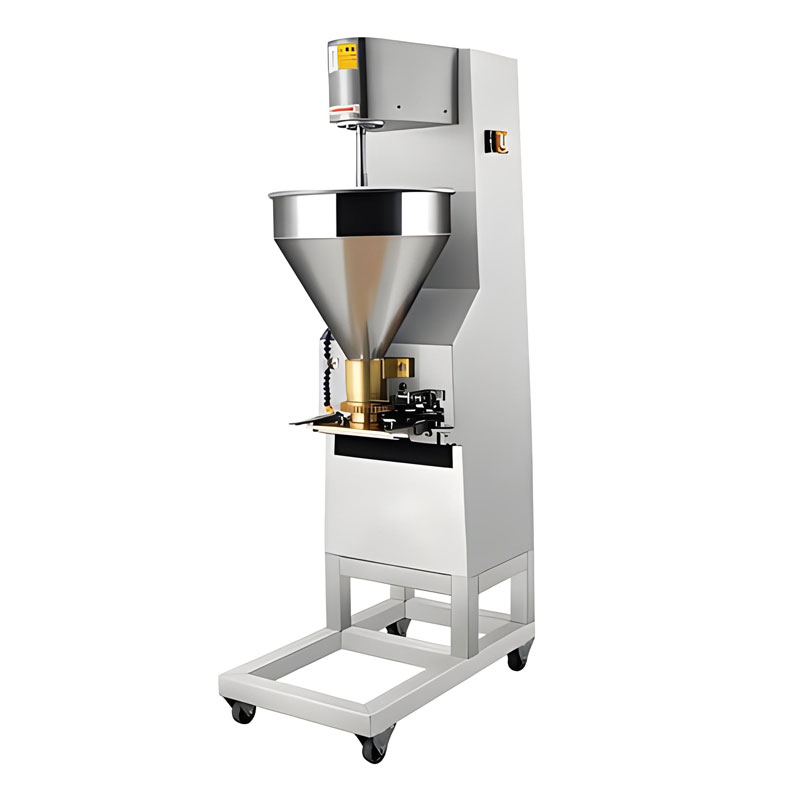
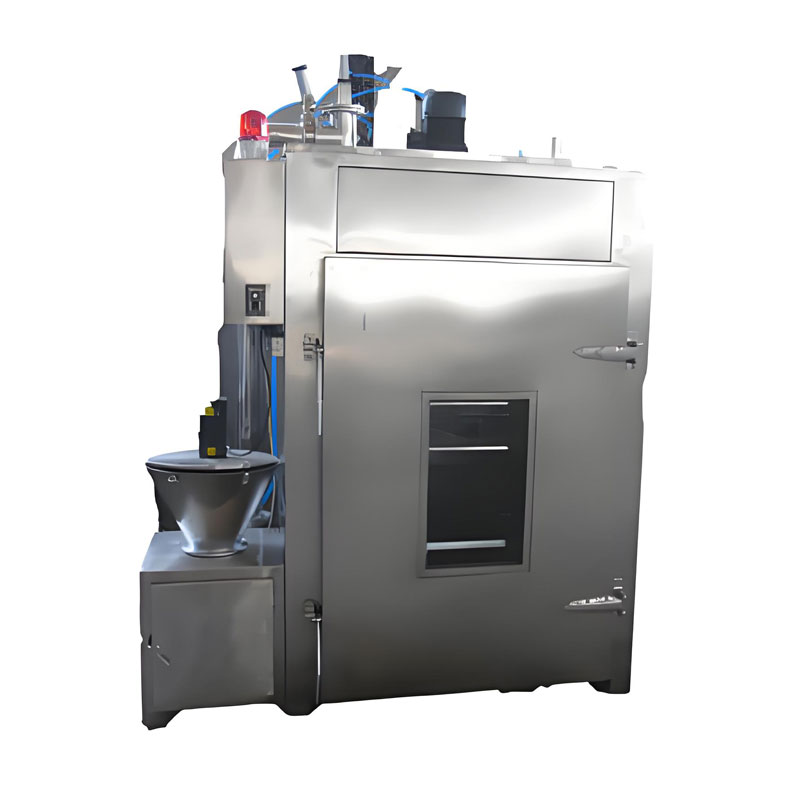
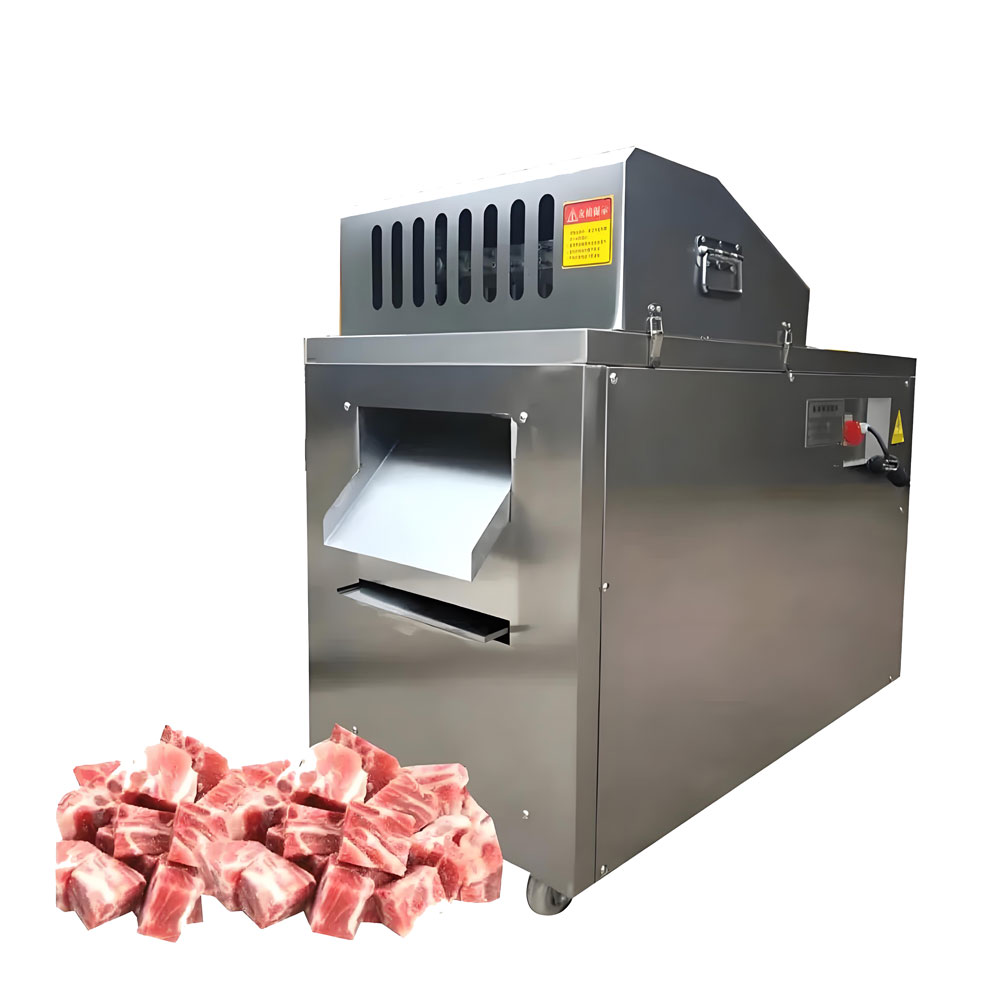
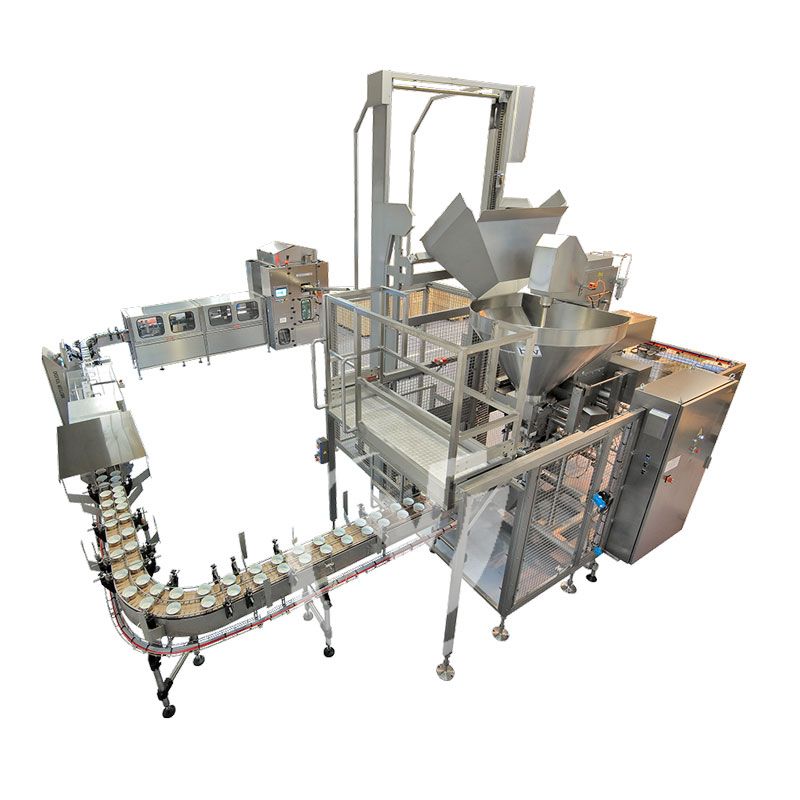

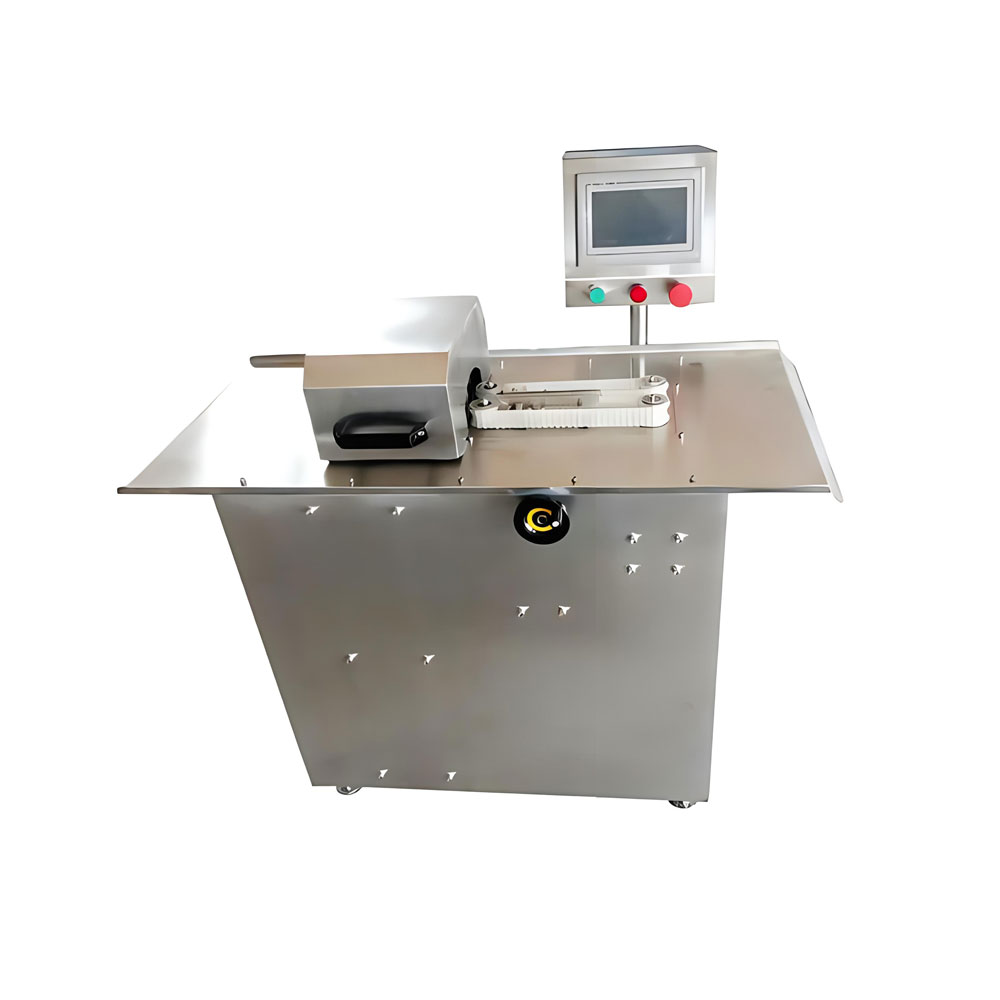
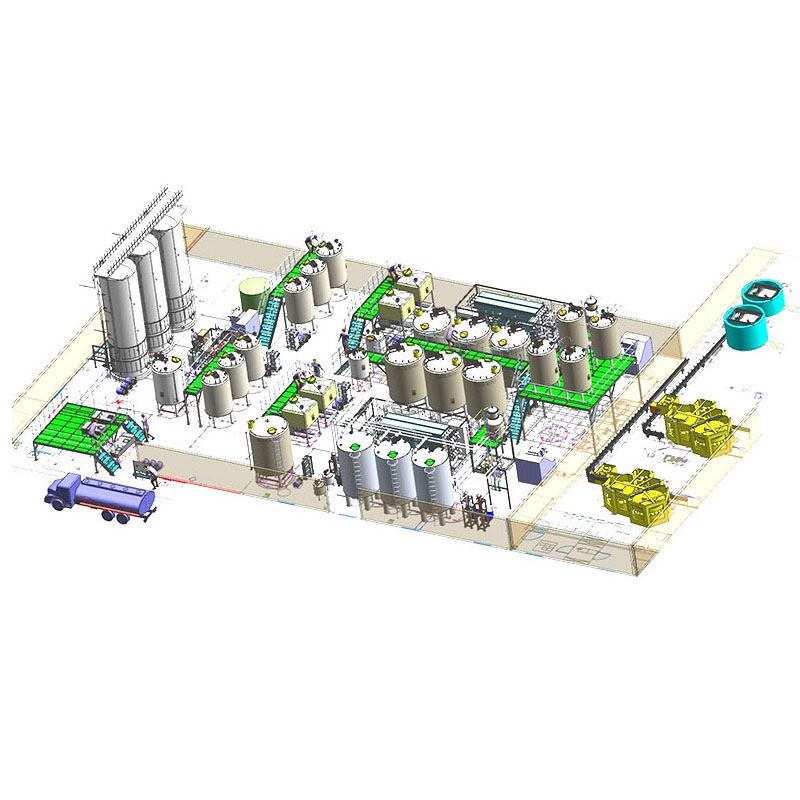
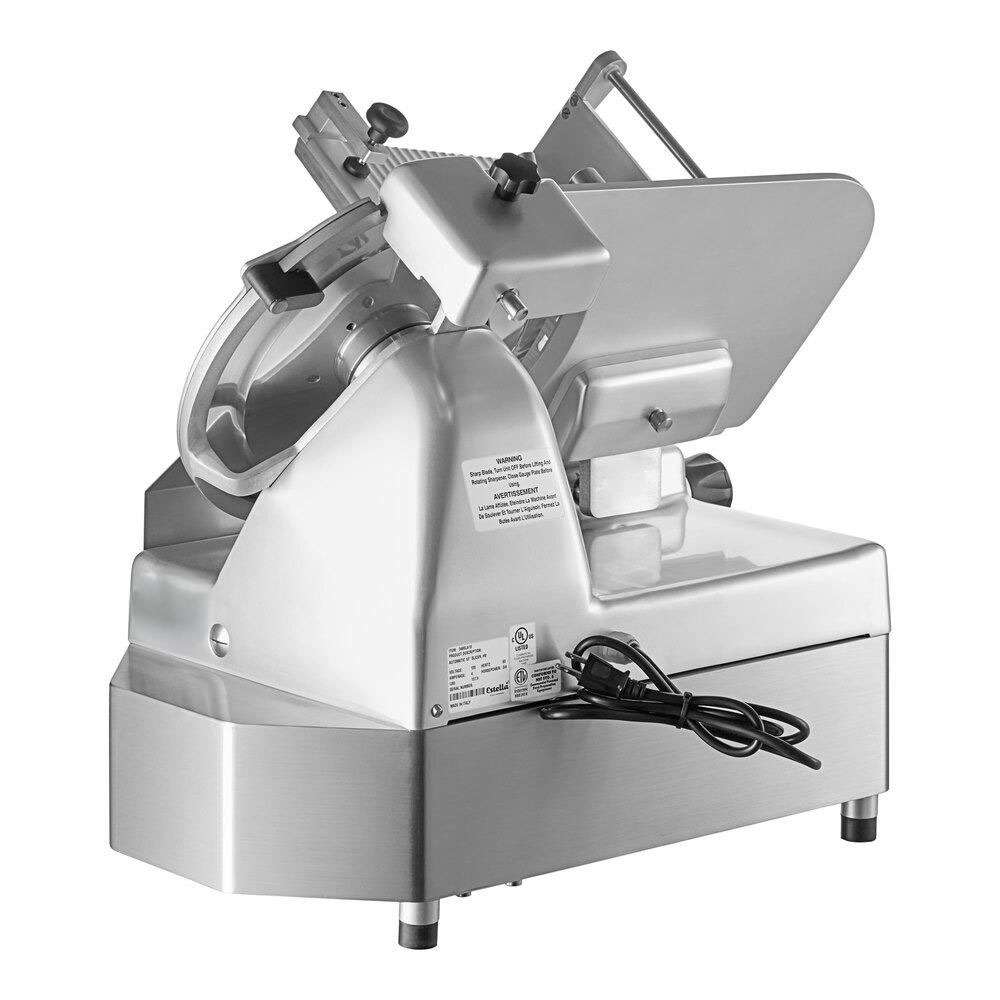
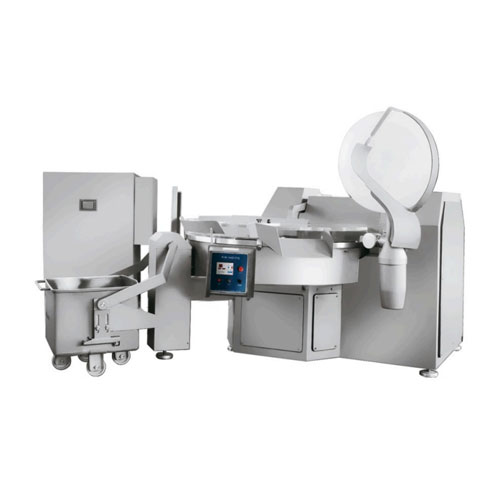
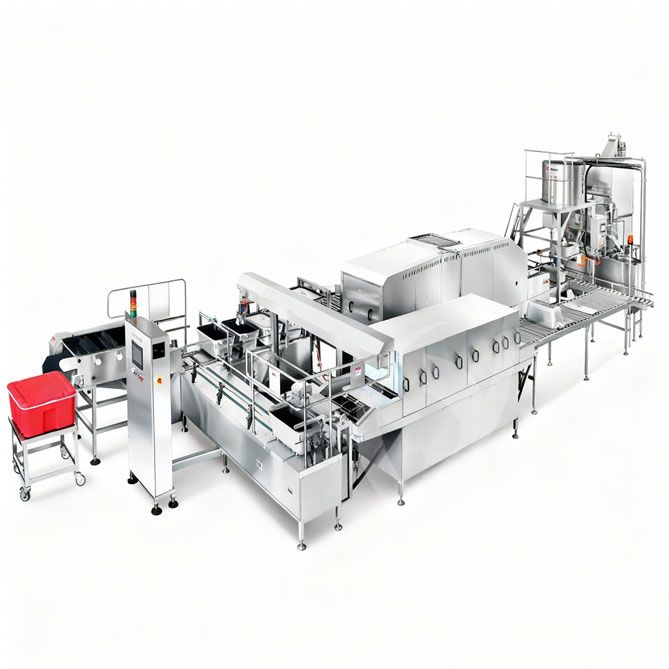
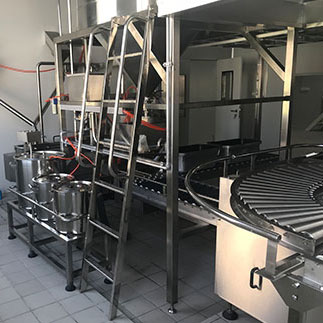 Cold Chain Rice Production Line
Cold Chain Rice Production Line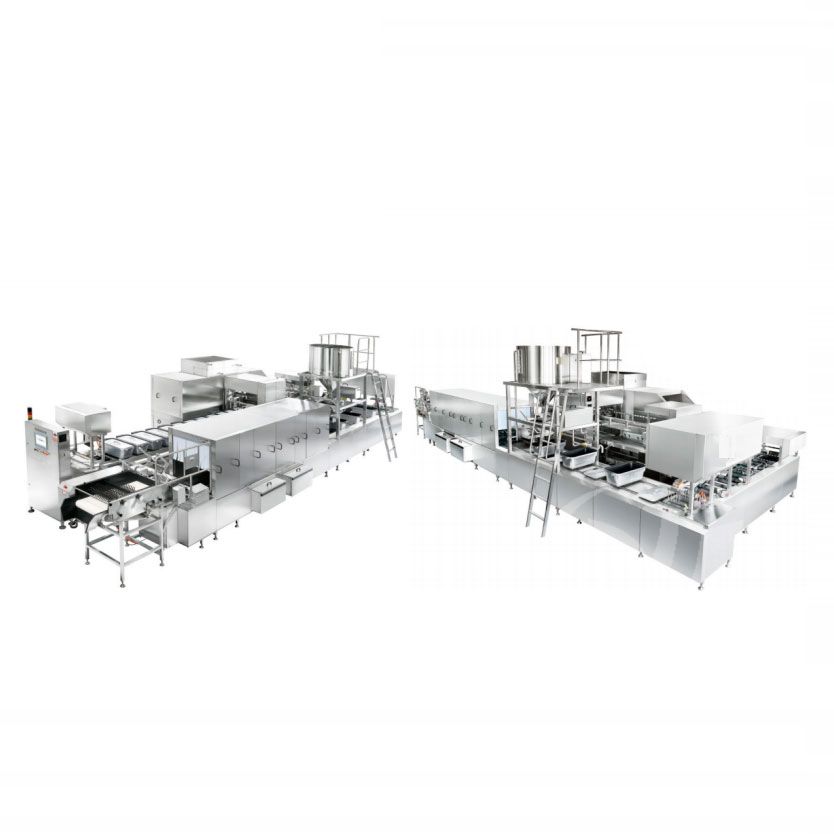 Unmanned Intelligent Rice Production Line
Unmanned Intelligent Rice Production Line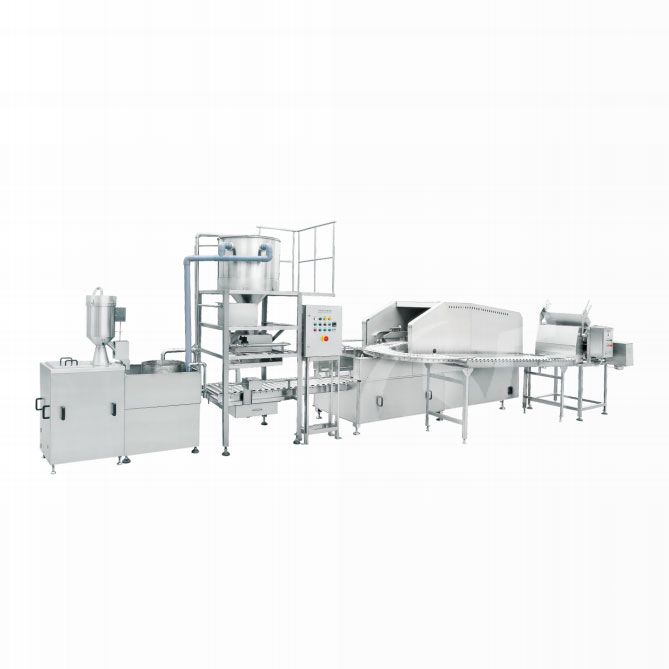 Automatic Rice Production Line
Automatic Rice Production Line
Ready to Get Started?